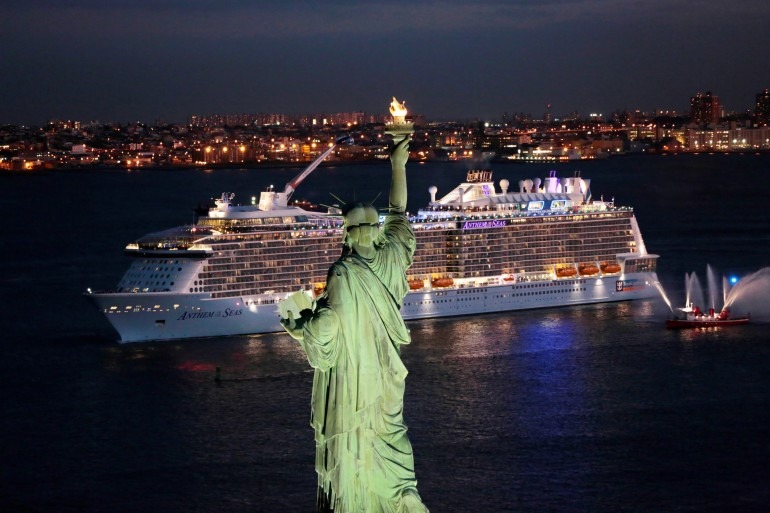
Here is How to Navigate Dietary Restrictions on Your Next Cruise
Cruising allows you to explore the world while enjoying fine dining. However, dining on a cruise can be challenging for travelers with dietary restrictions. Whether your restrictions are due to health needs or personal choices, you can still enjoy your cruise without worry. Keep reading to learn some tips:
1. Communication is Key
Before you embark on your cruise, communicate your dietary restrictions to the cruise line. Most cruise lines are well-equipped to handle special dietary requests, whether you are vegetarian, vegan, gluten-free, or have food allergies. Notify them during the booking process, and feel free to follow up closer to your departure date with any questions or concerns.
2. Plan Ahead
Review the cruise line’s website for information on their dining policies and options. Many cruise lines offer menus in advance, allowing you to select meals that suit your dietary needs. Don’t hesitate to contact customer service for specific questions or concerns.
3. Flexible Dining Options
Many cruise ships have multiple dining venues and flexibility in meal options. This means that you are not confined to one main dining room; instead, you can choose from a variety of restaurants and even specialty dining options that may cater more directly to your preferences. For example, some cruises offer Asian, Italian, or health-conscious culinary venues that may provide more suitable choices.
4. Speak to the Chef
Onboard chefs are generally accustomed to accommodating special requests. Make it a point to talk to the head waiter or chef about your dietary restrictions upon boarding. This personal touch can help ensure that meals are prepared according to your needs, and you may be surprised by the delicious alternatives they can whip up just for you!
5. Snacks and Buffets
Cruising often involves enjoying buffet-style dining in addition to sit-down restaurants. Buffets may be easier for those with dietary restrictions, as they allow you to inspect your options firsthand. Remember to ask about allergens or hidden ingredients, as dishes may not always be labeled explicitly.
6. Explore Onshore Opportunities
While in port, take the opportunity to explore local cuisine that aligns with your diet. Research restaurants in advance and mark those that celebrate your dietary preferences. Many ports of call are known for their culinary delights, and eating onshore can be a great way to expand your dining options beyond what’s available on the ship.
Don’t forget the main reason for cruising: the experience! While cuisine is an important aspect of your journey, remember to savor the views, the excursions, and the adventures. Planning and communication can go a long way in ensuring that your dietary needs are met, allowing you to focus on enjoying every moment of your cruise.









